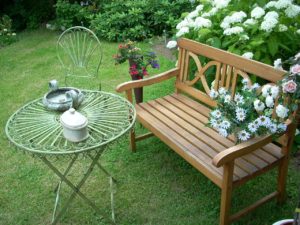Mulching.
Mulching –
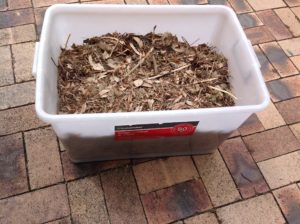
Above is my lawnmower chopped up leaves, there are some twigs in there that need breaking up as I go. When the plastic box is full my recipe is ‘very exact’ – about a third each of the cow and poultry manure bags plus a couple of good handfuls of the slow release fertiliser. Give it a good stir up and spread over the gardens. Then give it all a good water and add the soil wetting agent.
As I have some biggish trees I always seem to have leaves and twigs or whatever part of the tree the bird population discards. I rake everything up and pile it on my pavers. Then I get my trusty mower and run it backwards and forwards through the pile until it is all chopped up and in the mower catcher.
I then transfer this to a rather large plastic tub and add my fertilisers and water saving product. You may have your preferred fertilisers as I have.
What I use is a cow product, a poultry product, something for water saving and a slow release fertiliser. So I mostly use –
Cow Manure/Cow Mulch
Chicken Manure and/or Poultry Pellets
Water Saving Crystals
The Slow Release is whatever looks ok at the time of buying.
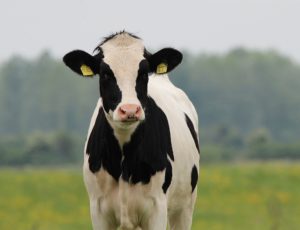 | The cow manure/fertiliser that you purchase from a nursery or hardware store has had everything done to it that needs to be done to give you plants the boost they need. Cow manure straight from the dairy yards needs lot of things done to it to make it safe for you and your plants. So by letting someone do all this work for you, you, your plants and especially your vegies will benefit. |
| Poultry Pellets are a chicken manure based, processed pellet that retains the living microbial benefits as well as all the organic nutrients and trace elements naturally supplied. They are easy to use and will benefit all areas of your garden. I use these on the citrus trees along with epsom salts about every three to four weeks. I get mine at that big hardware store and the bag is yellow and brown and it has a reference to roosters. | 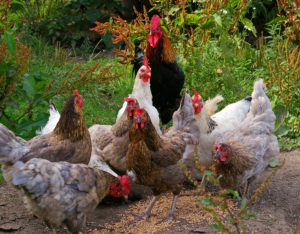 |
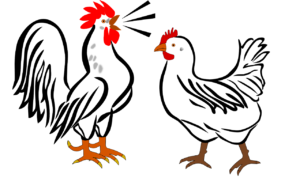 | Chicken/Poultry manure, when you buy it in bags from the nurseries or hardware stores all the hardword has been done for you, it has already been processed and can be used straight on your garden. It can be used as a compost by digging it into the garden bed or as I do adding it to the chopped up leaves with the other products and water it in well. I don't use both pellets and manure, one or the other. Vegies and citrus love this one. Actually when most homes had a chicken run in their backyards, you would usually find a citrus tree or two in the run with them. |
| Water Saving Products - I have used several of these, the beads or crystals and the liquid form and the jury is still out on both of these. I've used the crystals in a couple of pots, they seemed to disappear after a few weeks. I thought the idea was for the crystals or beads to store the water for when the plant needed it but that is not what happened. The liquid version of water saving I have just started using in the past few weeks The liquid one I have at the moment is a concentrated soil wetting agent the you can put just about anywhere including mulches.. It claims to improve the penetration of water so that it can reach deep down to the roots. More effective penetration means yu do't need to water as often, savings for you with time and cost of your water. I don't add this one to the mulched leaves, I water it in after the mulch goes onto the garden. | 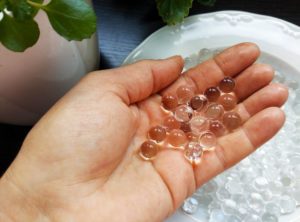 |
The Slow Release fertiliser is whatever looks ok at the time of buying.
I then cover somewhere in the gardens (which ever garden’s turn it is) and water it in well.
Be sure not to spread too thickly, a lightish covering will help to keep the weeds down and keep any plants roots that are close to the surface like hibiscus, cool on a hot day.
If I’m using a commercial mulch for the bigger gardens, having tried just about all the experts’ preferences I now prefer a Coir Mulch. It comes in a block that needs to be soaked in water for about 20 minutes, for it to expand. I’m not sure on the brand but the one I get has fertiliser, water saving product etc included within the block. The first garden I used it on I was very happy with the results, both for weeds (there is another post on weeds) and how happy the plants are.
